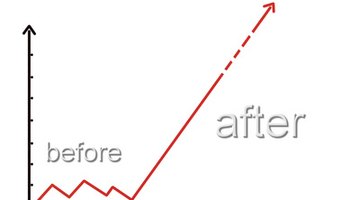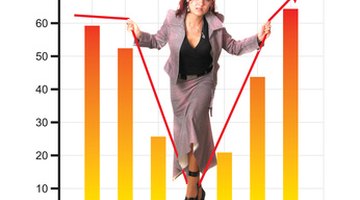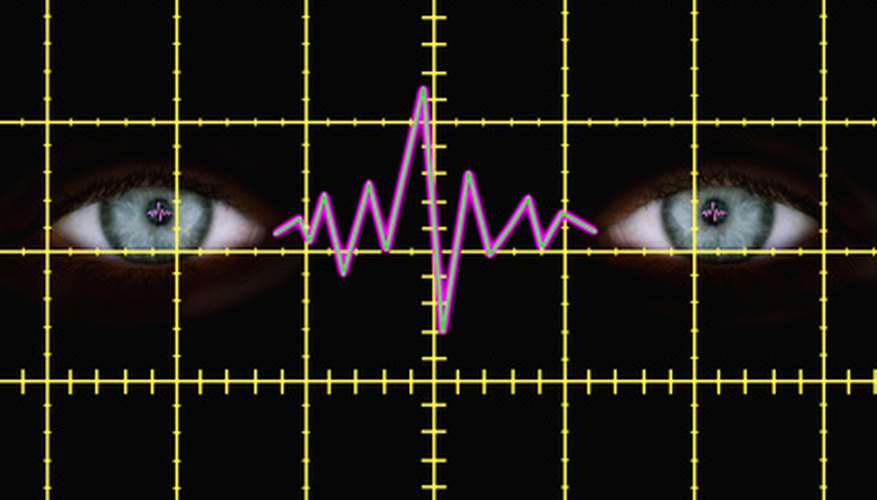A distribution curve is a map of occurrences between (at least) two variables. The curve maps occurrences of something, events--such as flips of a coin--IQ scores or financial worth, for example. There are three general types of distribution curves. The different types reflect different facets of reality. The mathematical means of dealing with these curves are made up of three variables: the mean (or the average of all occurrences), the median (the occurrence exactly in the middle) and the sample size (or n, the number of events considered).
Normal Distribution
This is the most common distribution curve, familiar to nearly all. It deals with many random events over time. It is typified by a small number of occurrences on the extreme right or left of the curve, with the bulk of occurrences happening in the middle. It looks like a big heap. Mathematically, the mean and median are the same. In fact, the closer to median and mean are to each other, the more of a normal curve you have. Random associations will create this curve over time with a large enough sample size. If one is comparing ages (on the y, or vertical axis) to the preference of the colour green (x, or the horizontal axis), then it is likely a normal curve will result.
- This is the most common distribution curve, familiar to nearly all.
- It is typified by a small number of occurrences on the extreme right or left of the curve, with the bulk of occurrences happening in the middle.
Skewed Distribution

In this case, the occurrences are bunched to one side or another. The mean and median are different from one another. For example, if you are comparing ages (y) to an interest in finance, (x), then a skewed curve will result, since very few young people or teenagers are interested in finance. The curve will suddenly spike upwards at maybe 19-30, when these issues are becoming important. Another example is the comparison of age (y) to an interest in social security. The graph will spike tremendously at probably between ages 40 and 50, with a flat line (no interest) from toddler-hood through the 40s. Skewed distribution occurs when there is a specific variable that changes with the other at certain times. If a random set of events creates a skewed curve, then either your sample is not large enough or the events are not random after all.
- In this case, the occurrences are bunched to one side or another.
- For example, if you are comparing ages (y) to an interest in finance, (x), then a skewed curve will result, since very few young people or teenagers are interested in finance.
Bi-Modal Distribution

This curve looks like two camel humps. There are two large spikes with flat lines in the middle, and often at the beginning and end. Here, there are two means. Keeping to our example, if the y axis is about age, then an x axis variable that would likely create a bimodal curve might be the need for guidance. In the normal human life, there are generally two age groups where people seek guidance from family members or caretakers. These are the very young and the very old. Therefore, when we graph the occurrences of people who really need adult guidance, it will look bimodal, with a large spike at the young years and another one at the older years.
- This curve looks like two camel humps.
- Therefore, when we graph the occurrences of people who really need adult guidance, it will look bimodal, with a large spike at the young years and another one at the older years.
